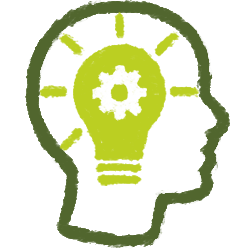How to dispose of an old mattress & upcycle the bedsprings/timber and also feed the worm farm!
Here’s how to dispose of an old mattress base without the expense of sending it to landfill and costing you money! There’s some great materials for repurposing inside and also much of the waste can be processed naturally in a worm farm to benefit your garden!
Thanks to Upcycle Industries for the photos of the bedspring fence!
The Ultimate Recycler, Australia


was used when creating this post
PROFILE
Chris and Christine have a youtube channel that they’re developing after spending over 15 years in a secondhand business dealing with house & shed cleanups having previously spent many years dabbling in scrap metal and even a plastics recycling program.
Main Research Source
The aim was to look at different ways of using by products of a mattres and investigate how to get rid of the materials without taking them to landfill.Taking out the staples was the time consuming part of the job. He ended up with one hands worth of rubbish, saved money from disposal and potentially made money from sale of products made of springs.
Chris put 3 types of materials into his wormery to test how they would decompose and within 3 weeks had promising results. He tested:
- Cotton wadding
- Fibrous matting
- Top sheet
Quick summary of materials and uses
- Top sheet – possibly synthetic, the worms showed it was part cotton which was eaten, synthetic material strands (polyester threads) need raking out
- Cotton wadding – the most of bulk of the mattress – after 3 weeks was almost gone, 6 weeks later it had totally vanished making rich soil for the garden- could be used as mulch in the garden , or as a layer in the compost bin
- Fibrous matting with plastic reinforcing mesh – 2nd largest volume, after 3 weeks was still there and being eaten, after 6 weeks it is still there but thinner and being eaten – could be used as a weed matting or mulch to keep weeds down in the garden or on a path, it will eventually disappear but has a plastic weave in it – eventually the plastic will need to be picked up and disposed of
- Base bedsprings with wire frame/wire screen – climbing trellis for snow peas and fences
- Side covering made from synthectic fabrics – foam and polyester – disposed of as rubbish
- Base sheet – is synthetic and possibly waterproof – could be used as a tarp, weed matting or drop sheet
- Wire staples, fabric staples and crimp on clips were collected in a container, a magnet test proved they were steel – so they can be saved and eventually sold for scrap
- Springs – could be sold as scrap metal but they’re light and take up space – some were reused as a garden display for succulents, and are saleable
- Timber base is sturdy, slats can be reused – park bench or a small roof structure eg extension on woodshed with tin screwed on one side
Inner spring mattress frames as fence

